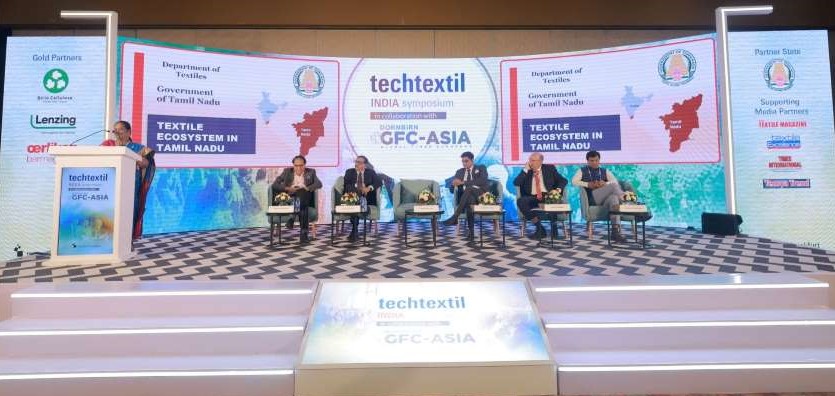India is aggressively repositioning its economic engagement with Afghanistan, zeroing in on the textile and apparel sector as a high-potential avenue for mutual growth and regional stability. This push is fueled by Kabul’s urgent need to strengthen its domestic textile ecosystem and New Delhi’s established position as the world's second-largest cotton producer.
Capacity building and investment outlook
Recent high-level talks, including the visit of the Afghan Director General of Economic Relations, have cemented plans for technical support and skill development for Afghan cotton farmers. Afghanistan, which imported a substantial USD 742.8 million worth of textiles and clothing globally in 2024, sees India as a critical partner to address its supply chain gaps. India, already the second-largest supplier, exported USD 68.7 million in textile products to Afghanistan in 2024. The renewed focus promises to elevate India’s market share significantly.
"Our goal is self-sufficiency and job creation through the textile chain," stated an Afghan trade official, highlighting the government’s commitment to an "economic-oriented policy." This commitment is backed by enticing incentives, including a proposed five-year tax exemption for new industries and a nominal 1% tariff on raw materials and machinery.
The connectivity challenge While the market opportunity is large, the primary challenge remains logistics. The recent activation of air cargo services on the Kabul-Delhi and Kabul-Amritsar routes, coupled with calls for better utilization of Iran’s Chabahar port, aims to ease shipment issues. This improved connectivity is vital for Indian textile majors, which can leverage their expertise in spinning and garment manufacturing to establish joint ventures or supply raw materials, mirroring the success of initiatives like the SEWA (Self-Employed Women's Association) vocational training centres previously established in the country. The successful navigation of geopolitical and logistical hurdles will be the defining factor in transforming this bilateral textile vision into a multi-million-dollar reality.












